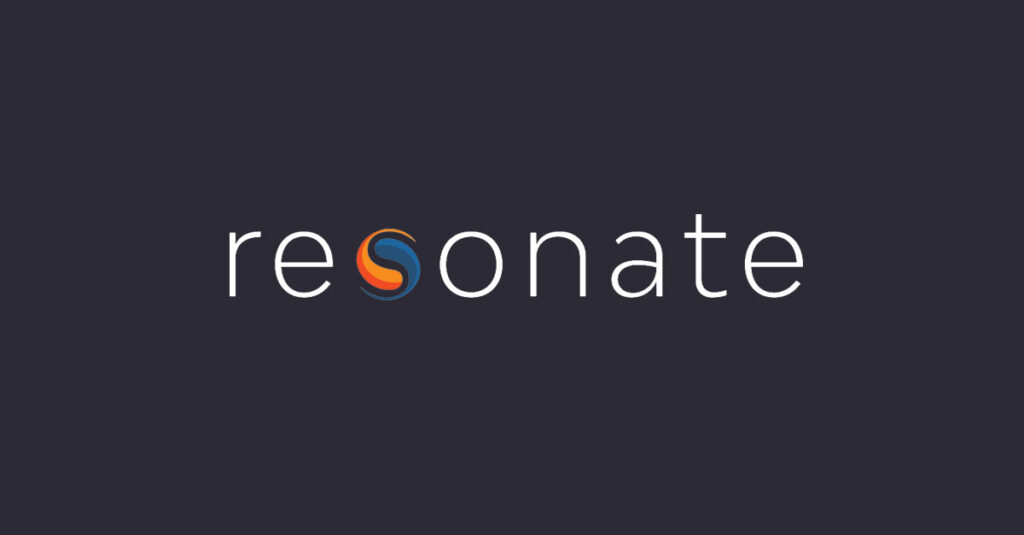E-procurement systems have historically been utilized in large and mid-sized organizations to create efficiencies and generate cost savings for the purchase of commodities and hard goods. Now, these systems are increasingly being used to source creative marketing services as well, which can present challenges for both clients and agencies.
While marketing procurement systems can seem inflexible and heavily weighted in favor of the companies that utilize them, understanding how to work within the marketing procurement model can open up new opportunities for marketers.
Here, we will provide insights for agencies and other marketing suppliers to achieve the best outcome and create a win-win situation.
What exactly are E-procurement systems? E-procurement is a process where businesses use digital networks and platforms to purchase goods and services they need from other businesses. There are many different types of procurement software systems, but the functionality and goals of these systems are largely the same – helping businesses source suppliers, manage contracts, and process invoices and payments. Marketing procurement refers specifically to the purchase of marketing services.
Whether or not you agree that centralized purchasing systems are the best way to source creative services, the use of E-procurement systems is accelerating. While a company’s desire to achieve efficiencies and cost savings might be the primary reasons, they are not the only reasons for this trend.
The COVID-19 pandemic had a significant impact on our ability to produce and purchase goods and services. E-procurement systems may offer companies the ability to be more prepared for unforeseen events by allowing them to cast a wider net for suppliers who meet their specifications and proactively approve vendors and initiate contracts.
Another factor fueling the increased interest in E-procurement is the shift towards a stakeholder economy. Companies are being held accountable to all their stakeholders – customers, employees, suppliers, shareholders and communities. E-procurement systems can provide greater transparency and access to information and reporting.
Marketing procurement can be challenging for everyone involved – clients, agencies and the procurement team. Agencies feel de-valued, clients worry about losing a trusted partner or being forced to use an unproven provider, and the procurement team is frustrated. Here are a few reasons why this happens:
- Marketing is complex and covers a very broad range of categories. If you are in marketing, you already know this. However, think about all of the types of services that fall within this category – advertising, branding, data, digital, social – and this is only a handful of a long list.
- Historically, procurement systems are geared towards sourcing commodities or products with precise specifications that are easy to quantify with limited variables. Marketing is full of variables and the finished outcome can become very different from the original scope as the creative process unfolds. An agreed upon hourly rate is easy to quantify. However, the total number of hours needed to complete an initiative can easily fluctuate due to changes in direction, requests for additional versioning or options, extra revisions and creative modifications, and unanticipated challenges or complexities. This is not necessarily a bad thing, but it is more challenging to manage and compare apples to apples, particularly if this is not your area of expertise.
- Performance indicators and selection criteria are frequently based on price versus value. Again, marketing is complicated. Levels of experience and expertise factor into pricing. Choosing the lowest cost provider is not always in the company’s best interest.
The good news is that there are things that marketing suppliers can do to improve the marketing procurement process and create an outcome that is favorable for everyone. Here are 10 tips for agencies using insights from agency consultant, Every Sense UK, along with our experience:
- Approach the situation with a positive attitude. Don’t let pride or negativity influence your responses. It’s business, and business changes – new players, new processes, new systems, market factors etc. Even long-standing partners need to prove themselves, change, and adapt throughout the course of the relationship. View this as an opportunity.
- Have a clear value proposition. A value prop tells clients why they should hire you instead of your competitors and communicates the benefit they will receive by giving you their business. Value props change over time. Make sure that your value prop is relevant, reflects who you are now, and what sets you apart.
- Target your marketing. Be selective about which companies you want to work with and where you can provide value. Cultivating the relationship and going through all the steps can be a time-consuming process, so focus your energy on companies that are a good fit.
- Build relationships with Procurement. Try to foster relationships with procurement departments of existing clients – ask questions, understand their challenges, offer up information and training sessions, explain how you work and what drives your costs. This is a frequently overlooked opportunity to demonstrate your value.
- Create an electronic tool kit containing responses to frequently asked questions – company background, overview of services, polices etc. Although some tailoring of information will be required to accommodate different formats, having this information in one place will save time.
- Understand your financials and negotiate. Know your target profit, the margin required to stay profitable, and the key drivers of your costs. If you don’t know these things, you will be at a disadvantage. Procurement people are trained negotiators and agencies need to designate someone with this skillset so that the negotiations will bring acceptable outcomes for both sides.
- Provide budget clarity and performance measurements. Providing more budget detail is actually better for the agency. Including line item breakdowns of costs/time helps the Procurement team to better understand what drives your costs and it gives you a basis for negotiation. Cutting costs by reducing time is a better than reducing margin.
- Provide metrics that demonstrate your effectiveness – KPI’S, ROI etc. Procurement people are numbers driven and use performance indicators in the evaluation process. Agencies don’t always have access to final results from clients. If this is the case, create your own processes and tools using the information you have to build performance measurements (delivery/lead times, budget adherence, cost savings etc).
- Keep the client involved. When procurement takes the lead, clients become less active in discussions concerning financials and the vendor selection process. However, pulling the client into the conversation can help to clear up misunderstandings about specifications or they can provide insight as to where time (cost) savings and improvements can be made. Outside of the procurement process, continue to keep your clients engaged and demonstrate your value by sharing industry information, recent work, case studies, achievements or any other value-added content. Clients still have a voice in the decision, so give them a reason to advocate for you.
- Be prepared to walk away. If potential or existing work becomes unprofitable, you must be prepared to walk away. If negotiations are still in process, the client is interested in what you have to offer. If you feel that Procurement is being unreasonable, state your case, reiterate your value and hold your ground.
By better understanding the marketing procurement process, the challenges posed on both sides, and by incorporating these best practices, agencies can work more effectively with Procurement to develop and maintain successful client relationships.
https://hbr.org/2020/06/why-investing-in-procurement-makes-organizations-more-resilient
https://mooreks.co.uk/wp-content/uploads/2015/01/Top+10+tips+for+working+with+procurement.pdf
![cat[&]tonic](https://cat-tonic.com/wp-content/uploads/candt_logo-rw.png)




